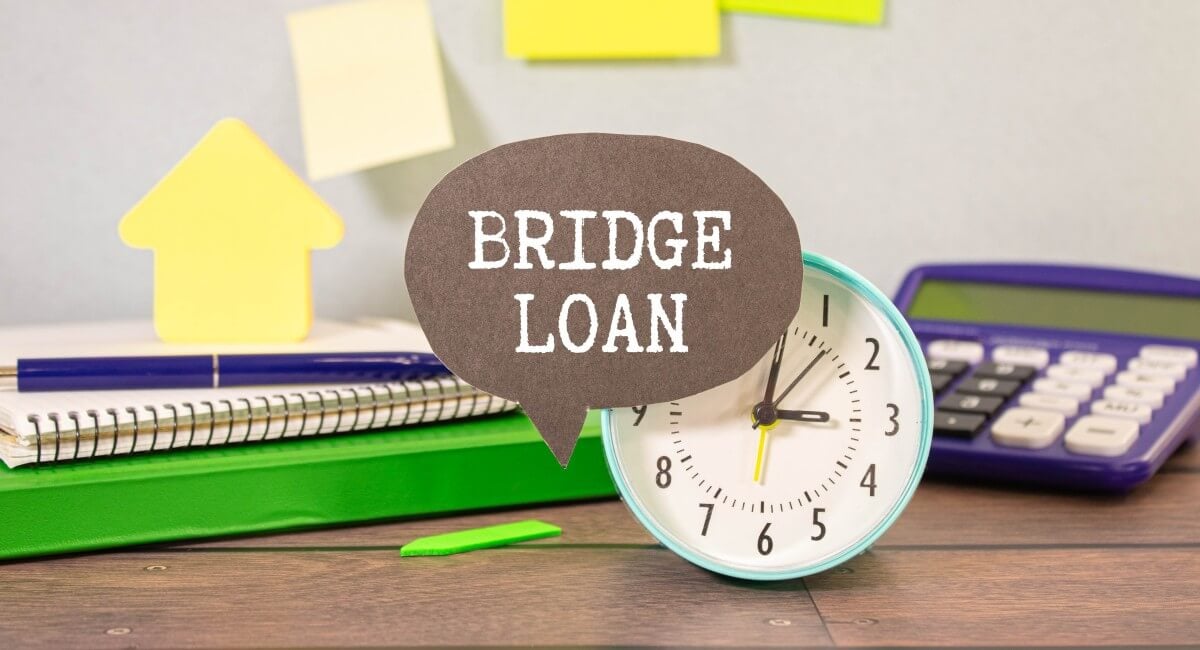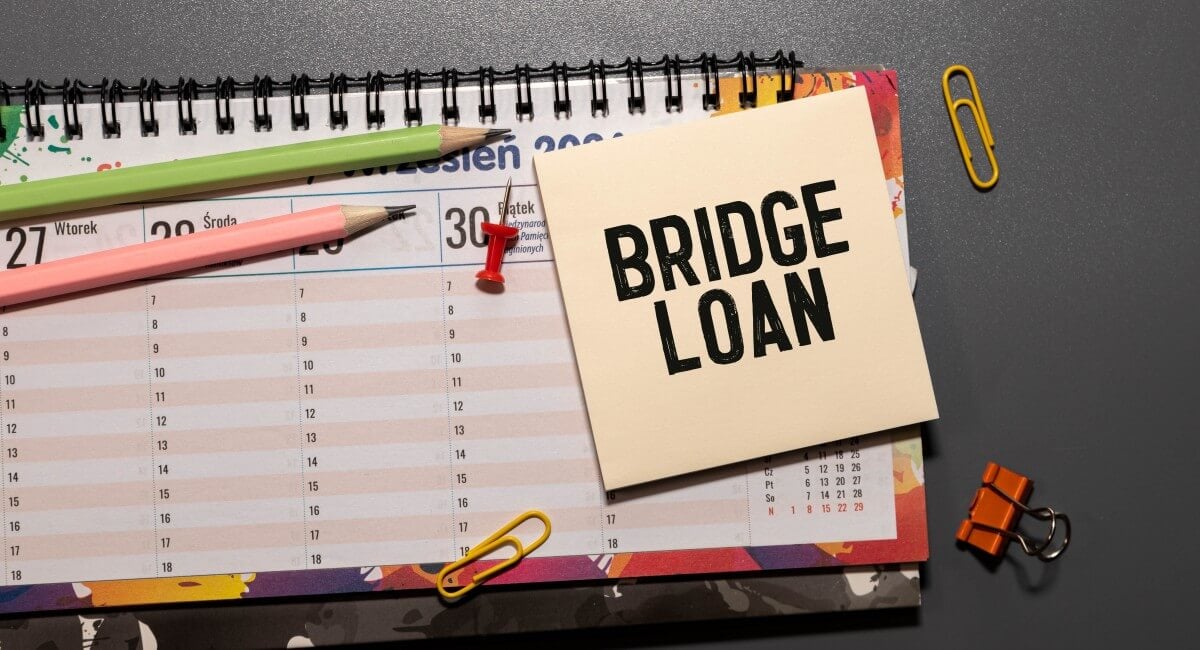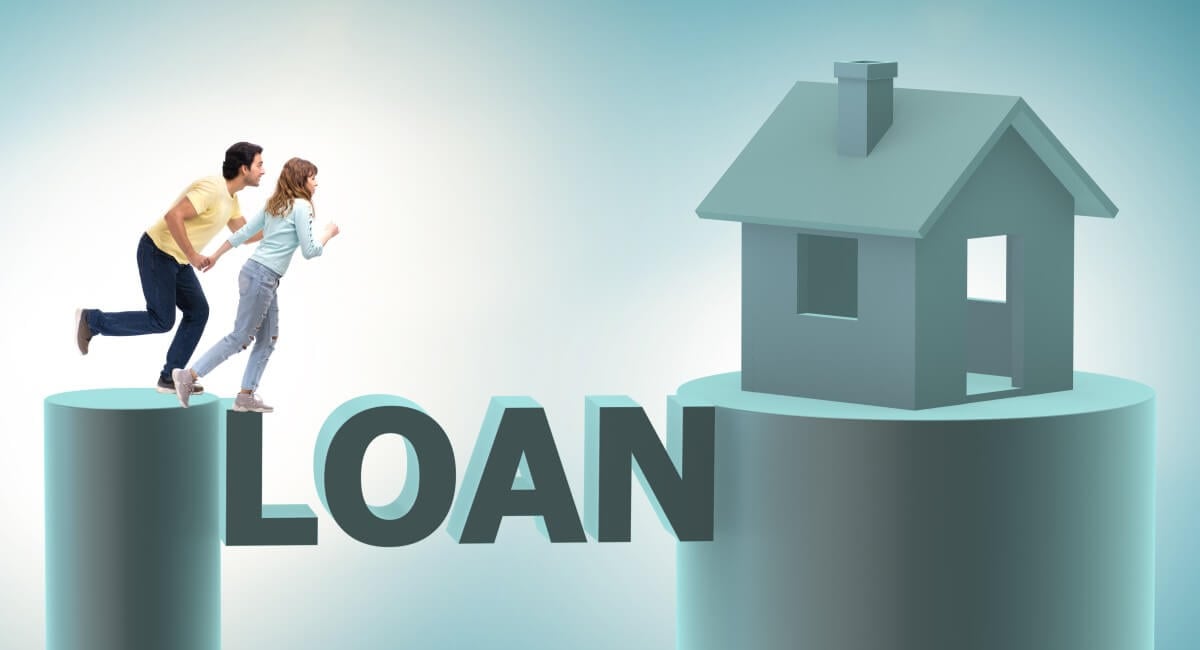Bridge Loans in Canada: How They Work and When They Make Sense
If you’re buying and selling a home at the same time, timing is everything. That’s where a bridge loan can come in handy—it helps “bridge” the gap between the purchase of your new home and the sale of your current one. In competitive markets like Burlington and the surrounding areas, this can give you a serious edge and ease the stress of coordinating two major transactions at once.
But as with any financial product, it’s important to understand both the advantages and the risks before deciding if it’s the right solution for you.

What Is a Bridge Loan?
A bridge loan is a short-term financing solution that helps homeowners access the equity in their current property to fund the purchase of a new one—before their existing home sells.
Common in Canadian real estate, this loan allows you to move forward with confidence by providing temporary funds, typically used for your down payment, until your current property closes.
How Do Bridge Loans Work in Canada?
Here’s how a typical bridge loan works:
-
You’ve bought a new home but haven’t yet sold your existing one.
-
You plan to use the equity in your current home as a down payment.
-
A bridge loan allows you to access that equity early, so you can close on your new home.
-
Once your current home sells, the loan is repaid in full.
Bridge loans are often available for terms ranging from 30 to 180 days in Canada, and they are secured against your existing home. Lenders typically require a firm sale agreement on your current property in order to qualify.
Some loans require interest-only payments during the term, while others are paid back as a lump sum when your home sale closes.

Advantages of Using a Bridge Loan
More Flexibility with Timing
You don’t need to align your purchase and sale perfectly. You can secure your next home before your current one closes, helping you avoid rushed decisions or moving twice.
Simplifies Offers—No Sale Condition
A bridge loan removes the need to include a sale-of-home condition in your offer, making you far more competitive in a hot market where firm offers often win.
Faster Than Traditional Financing
Bridge loans can be arranged quickly—sometimes within a week—making them a strategic tool when time is tight.
Payment Flexibility
Most lenders don’t require monthly payments on the principal—only interest payments or none at all, depending on the structure. This gives you breathing room while you wait for your sale to close.

Disadvantages of Bridge Loans
Higher Interest Rates
Bridge loans typically carry higher interest rates than traditional mortgages—sometimes upwards of 8%–10%, depending on your lender and credit profile.
Tougher Qualification
Not all homeowners will qualify. Most lenders require:
-
Strong credit history (often 700+ score)
-
A firm sale agreement
-
Lower debt-to-income ratios
Up-Front Costs
Expect to pay lender fees and legal fees, which can amount to a few thousand dollars. You’ll also still need to cover closing costs on your new home.
Carrying Two Properties
Until your sale closes, you may carry the financial burden of two homes—your old mortgage (if applicable) plus the new one.
Market Risk
If your current home sale falls through or gets delayed beyond the bridge term, you could be on the hook for the loan—with your property as collateral.

When a Bridge Loan Might Be Right for You
You might consider using a bridge loan if:
-
Your equity is tied up in your current home and you need it for a down payment.
-
You’ve purchased your next home and want to avoid selling under pressure.
-
You’re facing a tight closing window or relocating quickly for work or family.
-
You want to make a competitive offer without conditions.
-
You’ve secured a firm offer on your current home, but it hasn’t closed yet.

Is a Bridge Loan the Right Move?
A bridge loan can be a valuable strategy in today’s real estate market—but it’s not for everyone.
If your home is already under a firm agreement and the timeline aligns, a bridge loan could give you the flexibility and freedom to move forward with confidence. But if your home hasn’t sold or if market conditions are uncertain, the risks may outweigh the rewards.
📌 Bottom line: A bridge loan can relieve timing pressure and strengthen your buying power, but be sure to understand the costs, qualifications, and what happens if your sale is delayed.
💬 Let’s Talk Strategy
At Liv Well Group, we’ve guided clients through every type of move—upsizing, downsizing, and everything in between. With decades of local experience, we’ll help you assess whether a bridge loan fits into your real estate game plan.
👉 Thinking about buying before you sell? Let’s chat about the right approach.
We’re here to make your next move easy—and smart.


